12 stand-out game worlds you'll never forget
Ditch these heroes and get with a zero
A version of this originally posted in July of 2013.
A whole new world
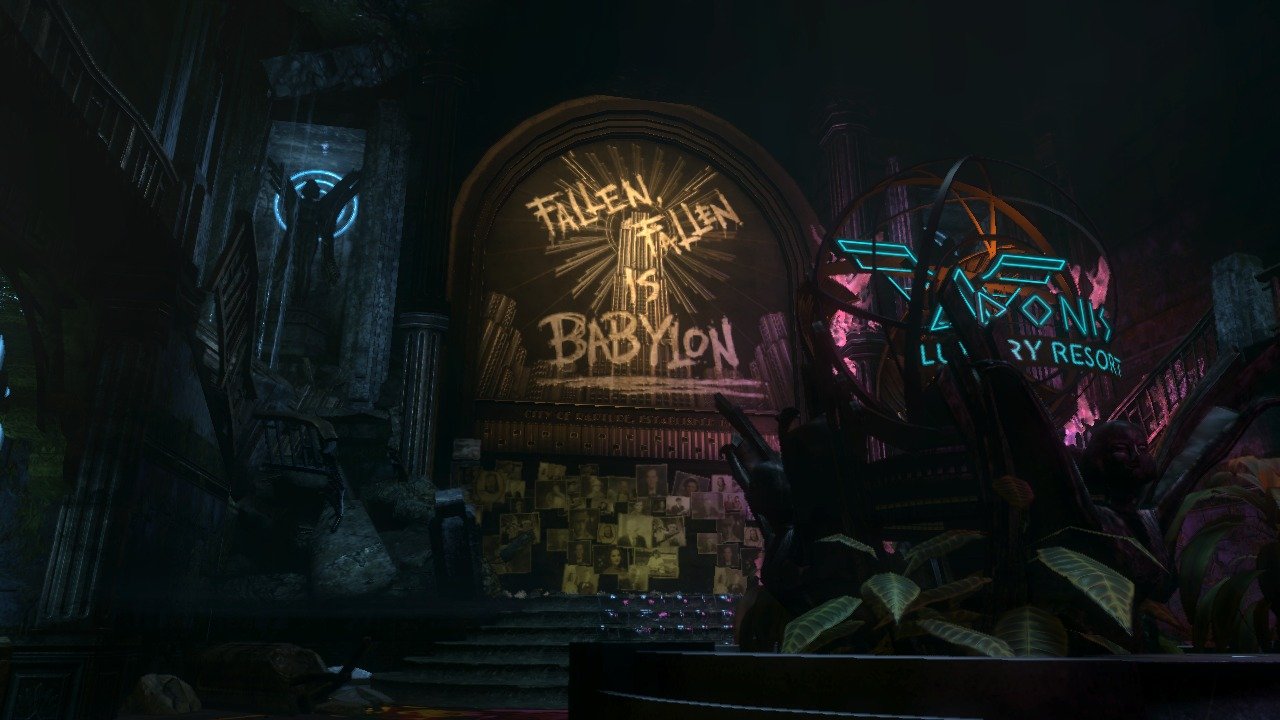
Some franchises have such big personalities at the center that its basically impossible to imagine a new entry without someone like Link, Master Chief, or Lara Croft taking center stage. But theres the occasional game that does such a fantastic job at world building that its easy to imagine what the setting was like before and after the good guy saves the day.
These unique titles introduced locales, side characters, enemies, and more that wed rather hang around and experience than heading to the next checkpoint. And even though some of these games had particularly compelling main characters, everything around the playable characters was so special that wed just as happily buy a sequel or spin-off even if the old protagonists were left out. Take for example...
Mirror's Edge

The City in Mirror's Edge is meant to be run past at great speed, with sleek lines and modern architecture filling the world that protagonist Faith races by. It's a parkour playground that isn't supposed to leave an impression, but the stark design and bold use of colors are hard to forget after playing DICE's underappreciated gem. I want to see more of the unnamed city, though at a more leisurely pace so I can really absorb the modern metropolis and the oppressive government stifling it.
There's a lot to be inferred from the violent police forces inhabiting the city, or the many screens discussing corrupt politicians. But I'd like to see what that life is like for people that don't jump off buildings for a living. What about a conflicted police officer? Or a teacher that spies on their students? Or an ex-runner now confined to a wheelchair? There are a thousand stories in the naked city, and as much as I like Faith, I'd wouldn't mind seeing those tales through more viewpoints than just hers.
Silent Hill
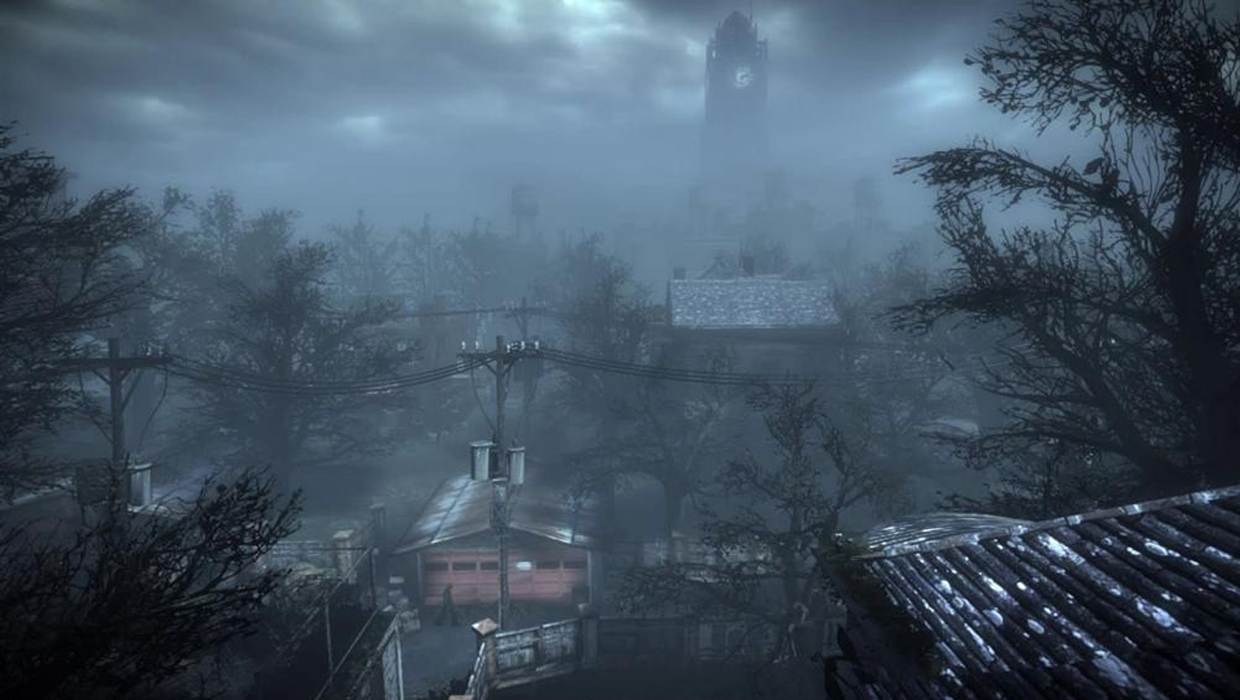
Silent Hill is technically a city in the state of Maine that's a quaint vacation spot some visitors remember as a "special place." But the town itself is much harder to pin down. Players of the Silent Hill games know that the locale may have maps and memorable landmarks, but the world is much more mercurial than that. Silent Hill transforms to reflect the mental state of its occupants, and that makes it worth returning to no matter which messed up individual ends up there.
The town can be filled with specters of lost loves, childhood bullies, demonic nurses, and whatever the hell Pyramid Head is supposed to represent; it all depends on the visitor. One minute you're walking through a creepy town whose only resident seems to be a thick veil of fog, and the next you're running through a horrifying hellscape that mimics your deeply buried fears. Because the look of the town changes with each new lead, the town has endless possibilities for reinvention, while still keeping the core creepiness that draws fans in.
Sign up to the GamesRadar+ Newsletter
Weekly digests, tales from the communities you love, and more
The Last of Us
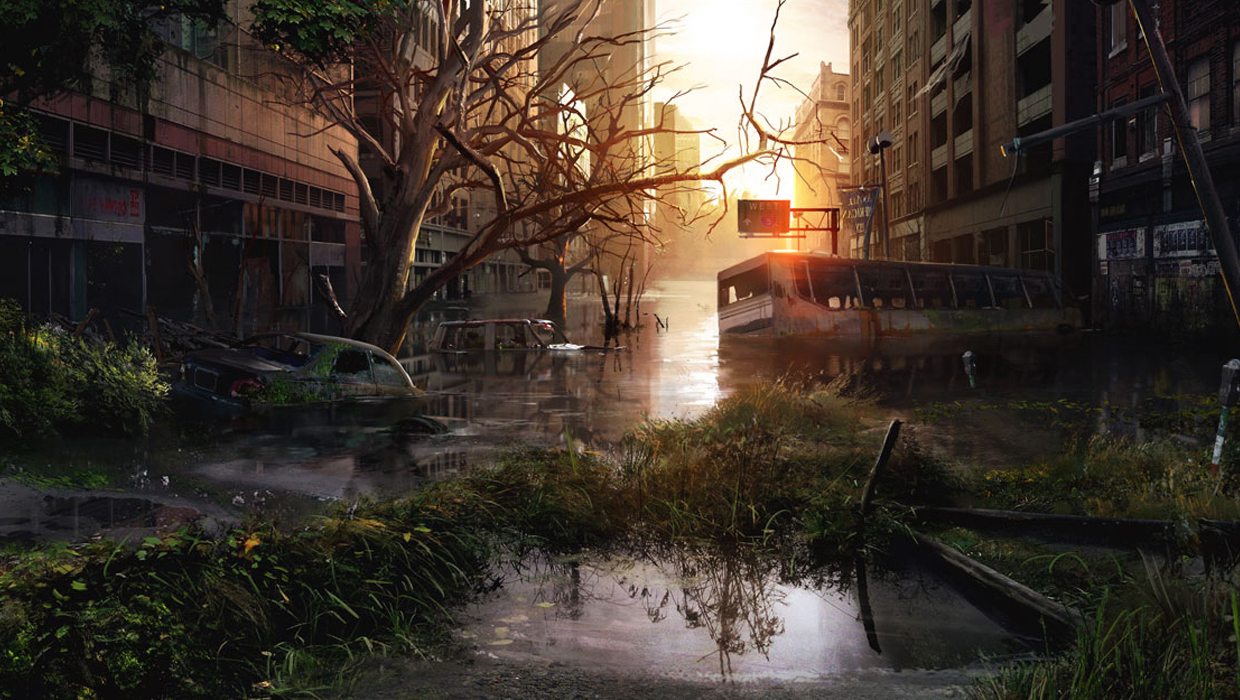
The Last of Us was a real leap forward for game storytelling--read our extra large editorial if you dont believe us. We were thoroughly invested in Joel and Ellies exploration of a ruined America, from the incredibly tense opening all the way to the emotional climax. Yet, despite how close wed gotten to the protagonists, we never want to see them again. Not in a prequel, sequel, interquel, or anything else. The world is just too big to focus on them alone.
We've seen how some northeastern cities handled the end of the world, but what about San Francisco, Chicago, or Orlando? Or we could even venture outside the US to see how the end of the world went in Rio de Janeiro, Moscow, or Manilla. No matter what destination is made gorgeously post-human in the sequel, it would be home to a number of desperate people that have to make hard choices. Maybe youll be a young recruit in a group of marauders that slowly realizes just how evil your new friends are. Perhaps youll be a senior officer in whats left in the military who is searching for security, but finding none. Or youre working for the shadowy new leader of the Fireflies. Despite the diminished circumstances of mankind, the world of Last of Us is surprisingly full of opportunities.
Mass Effect
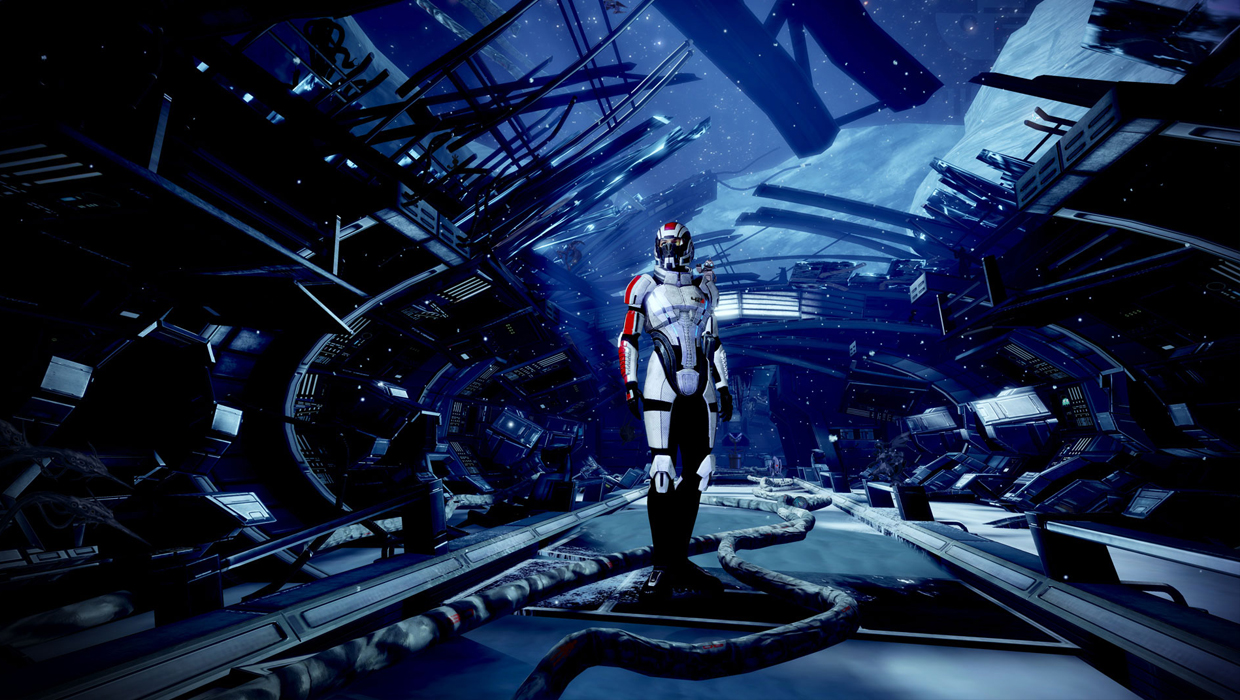
At first its hard to imagine Star Trek or Star Wars without universe-saving heroes like Captain Kirk or Luke Skywalker, but both universes proved to be more than strong enough to support any number of spin-offs and side stories. Mass Effect was clearly envisioned as a by its creators as the next grand sci-fi universe to follow those series, and if you can look past the unsatisfying finale, youll see a dimension full of untold stories. And none of those need a Shepard as your guide.
The original trilogy of games goes deep enough into the histories of unforgettable races like the Asari, Krogans, and so many more. Seemingly every entry in the Codex could double as a pitch for a new Mass Effect. And even if the devs wanted to keep the protagonist human, the First Contact War between the humans and Turians could probably cover a whole new trilogy--just dont pad that prequel collection like the Hobbit films.
Remember Me
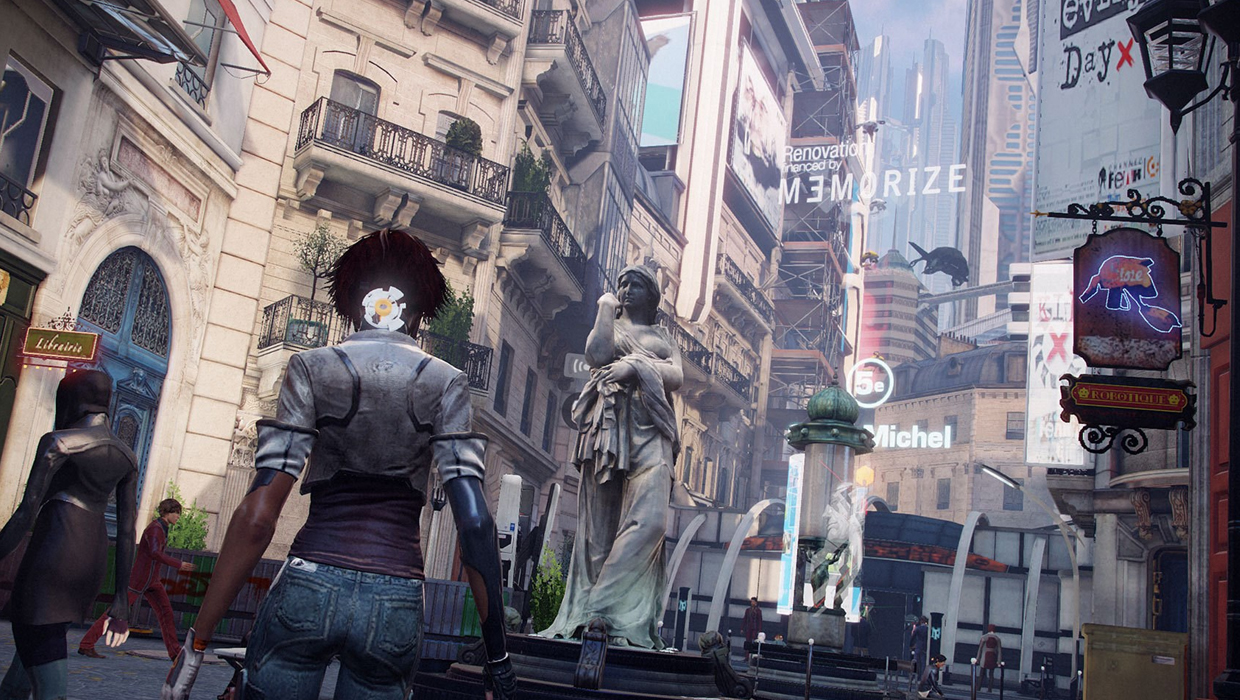
Paris is a beautiful city that's one of the most famous on Earth, but the world of Remember Me gives it a sci-fi makeover. Rebuilt as Neo-Paris following a European civil war, the French metropolis becomes stratified in this near-future action game. For every shimmering tower and brightly lit street, there are hopeless slums and hovels, and the gap between those two sides of the same city ends up being more engaging than the actual game it's set in.
Remember Me doesn't really pay off on its promising concept, but the world of Neo-Paris comes close, with its technology addicted populace being particularly well, memorable. It's hard to keep up with goofy terms like Sensen and Errorists, but those silly words don't make the surveillance state redesigns of the Eiffel Tower and the Bastille any less unique. Should gamers ever return to the world of Remember Me, hopefully the developers will dig deeper into Neo-Paris' streets instead of making up more groan-inducing terms like Remembranes.
Limbo
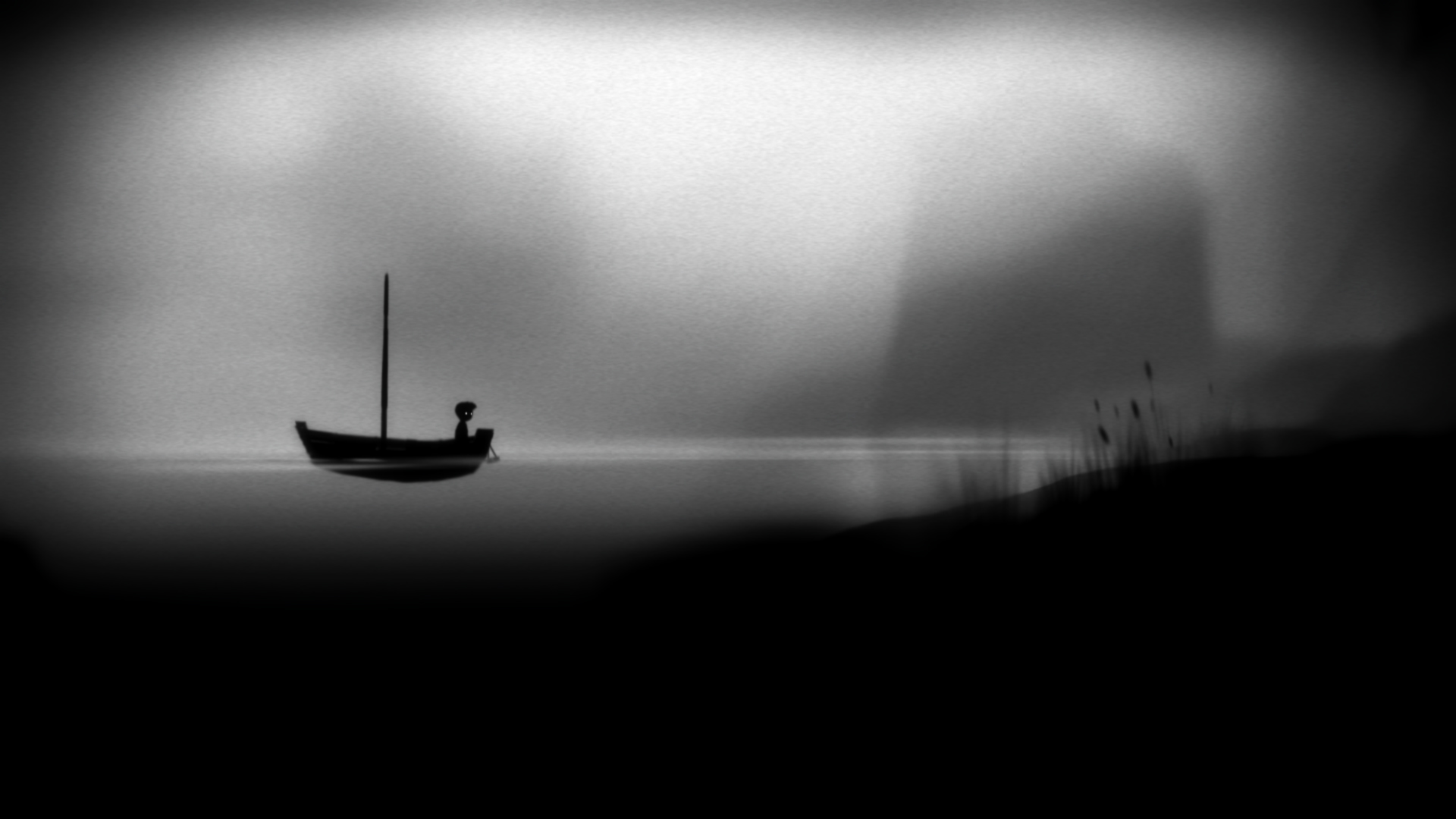
This Danish indie hit Limbo took 360 owners by surprise in 2010, though now players can enjoy Limbo on just about any device, including a recent Vita port. The gameplay was fairly straightforward puzzle-platforming, but it all took place in a stark, colorless nightmare. You controlled a mute, unnamed boy, but you could only guess at his background. One thing was clear: everything in this black and white setting was trying to kill him. And--for all but the best players--the murderous inhabitants usually succeeded in offing the player character multiple times.
We dont want a possible sequel to explain the boys backstory (itd ruin the mystery). Rather, the next Limbo could take place in another oddly familiar dreamscape that slowly reveals the fears and doubts of another unfortunate soul trapped within. Replace the giant spider and brain worms with... a rabid goose and poison acorns? Look, we arent geniuses from Denmark, all we know is that we want another peek at this grim vision in the worst way.
Enslaved: Odyssey to the West
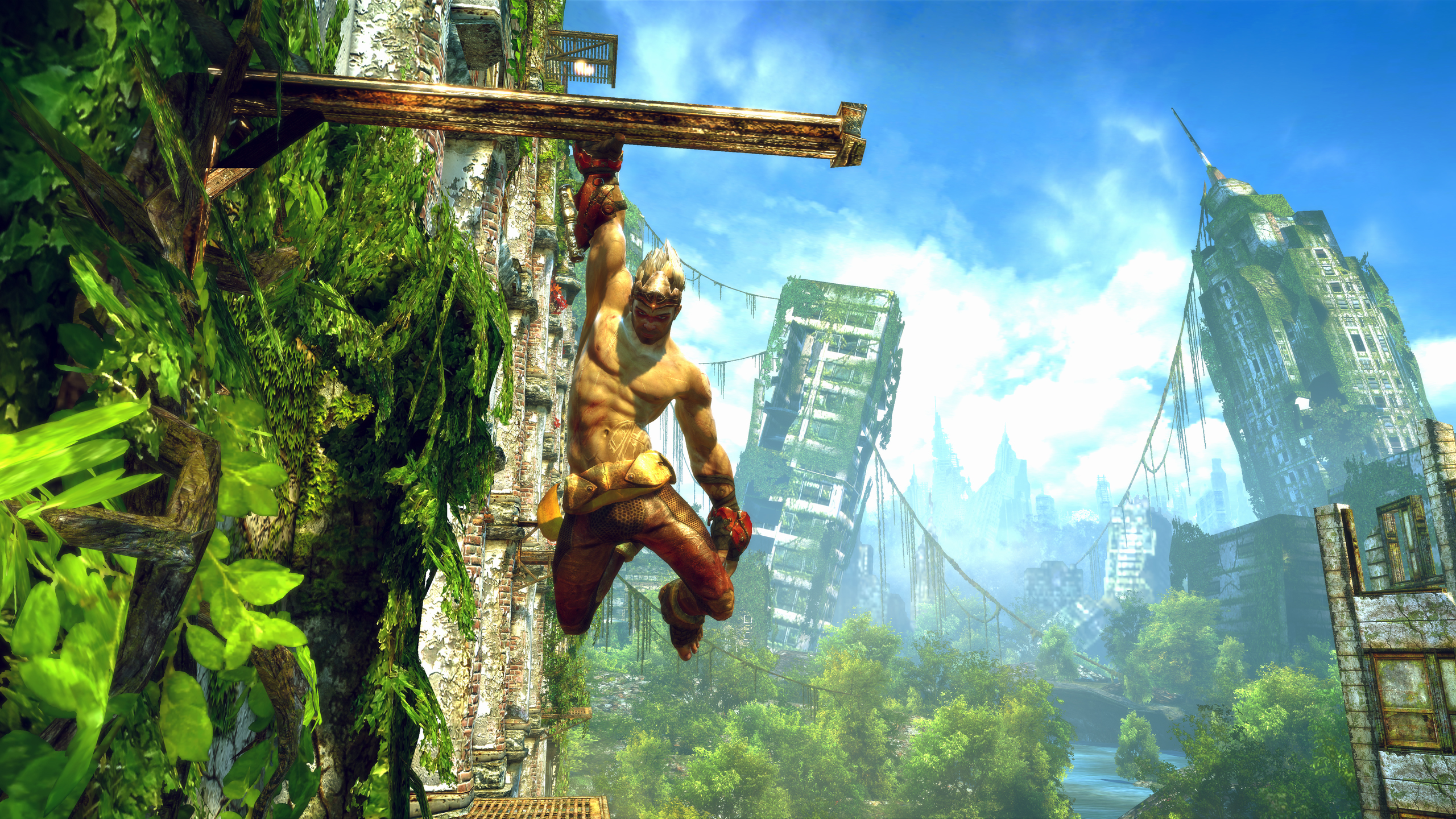
Did you enjoy the green apocalypse of The Last of Us? The look of nature reclaiming metropolises after the fall of man? Then youll likely enjoy the aesthetic of that games older cousin, Enslaved: Odyssey to the West. Both games share a high level designer Mark Richard Davies, only Enslaved gets far more sci-fi. Fungal zombies are replaced with killer robots, while Enslaveds co-ed duo is the muscular, headstrong Monkey and the resourceful Trip. Though theyre the driving force in freeing the world from its robot overlords, theyre hardly the only kung fu scavengers left on Earth.
People have come together in simple tribes of people, only theyre assisted by whatever technology they can appropriate from the androids roaming the bombed out cities of the world. The novel combination of the primitive with the advanced could work in any number of combinations, far more than were limited to seeing with Monkey and Trip. Plus, Enslaved is based on an ancient Chinese folk tale, so maybe the sequel could be based on a different ancient text. The epics of Beowulf and Gilgamesh would be a nice start, and if you give us time, were sure we could come up with another example we were forced to read in college.
Fallout
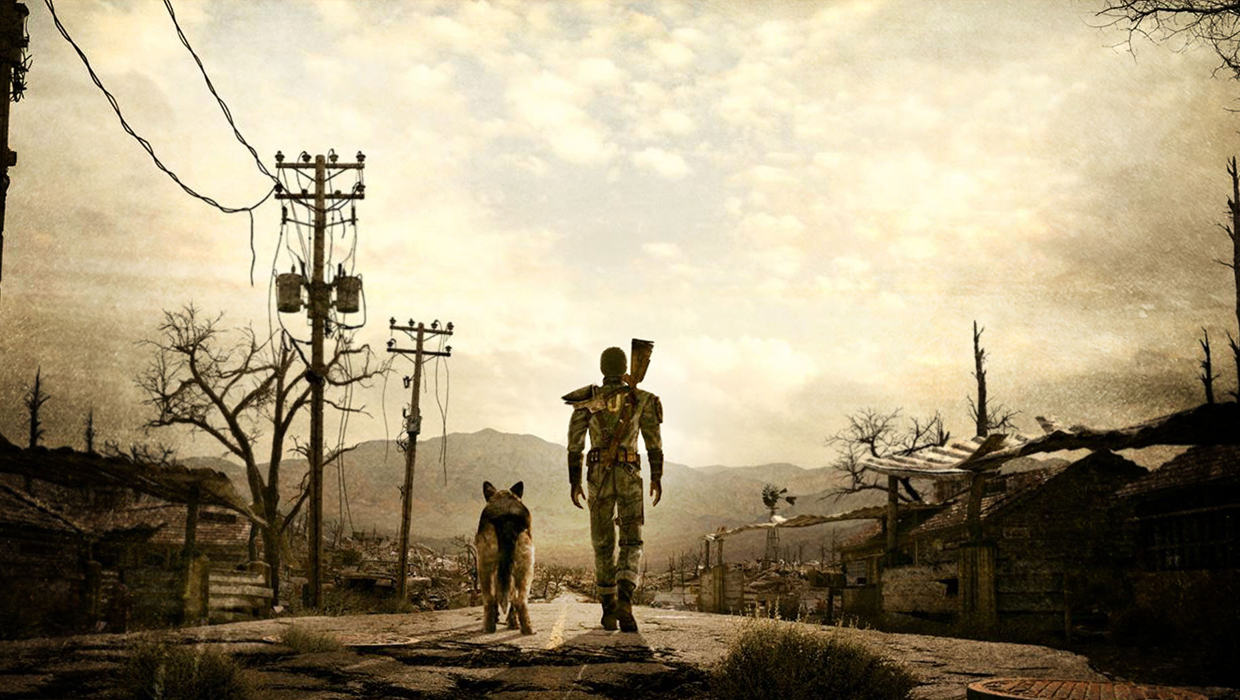
Another post-apocalyptic entry on this list? Guilty as charged, but Fallout builds a destroyed world that has stood apart from the other wastelands in gaming, and has stayed unique ever since the series began in 1997. Set centuries into the future, the Fallout games have a distinctly 1950s vibe, like a pulpy sci-fi comic book brought to life. It's a world full of humans, mutants, and everything in between trying to survive, and it's worth exploring no matter who you play as.
The world of Fallout would probably be miserable to explore in real life, but the game has an exciting air of wonder to it. While simply walking from shanty town to unexplored vault, you may stumble upon a crashed alien spacecraft, or a secret radio station, or the cast of Monty Python. Those oddities and more are found in distinct areas like the New Republic of California and the Capital Wasteland, which makes you want a dozen more games that show you how the rest of the planet looks after the dust from a nuclear war has settled. That massive promise of a brave new world makes any Vault dwelling hero's adventure seem ancillary.
Tearaway
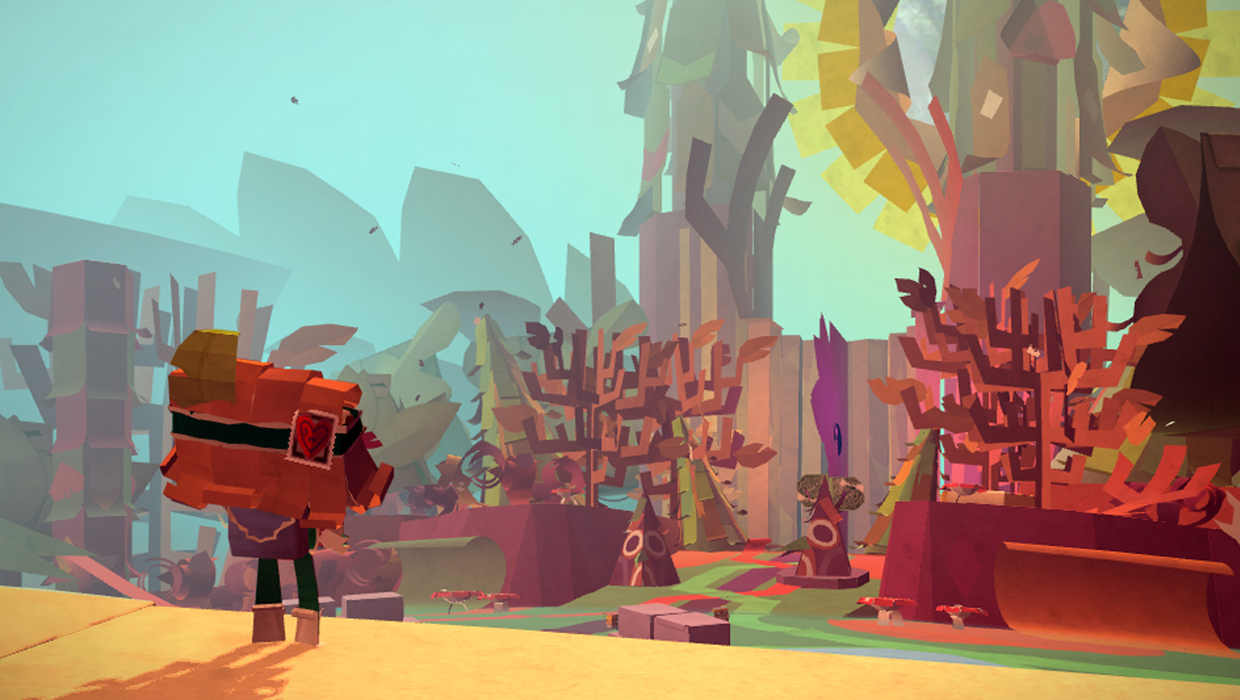
Alright, let's take a break from the ruined cities and oppressive futures. This feature could use a heavy dose of whimsy, the type that Tearaway has in large supply. The would-be system seller sadly wasn't the blockbuster Vita title some expected, but that doesn't make the papercraft land of Tearaway any less compelling. It's one I definitely want to see more of (and not just because the inhabitants of Tearaway view the player as a god).
Forests, deserts, cabins, and harbors appear in the game, all of which look as though they were hand crafted by a class of very creative elementary school students. The Traveller of the campaign sees all of it, getting a real feel for the handicraft world thanks to Tearaway's many inventive uses for the Vita's touch controls. The developers' imaginations were set free in this game, and I'd love any excuse to return to it just to get the devs building even more impressive paper locales. I'd even give up being treated like a deity if it meant I could tour more of this land.
BioShock
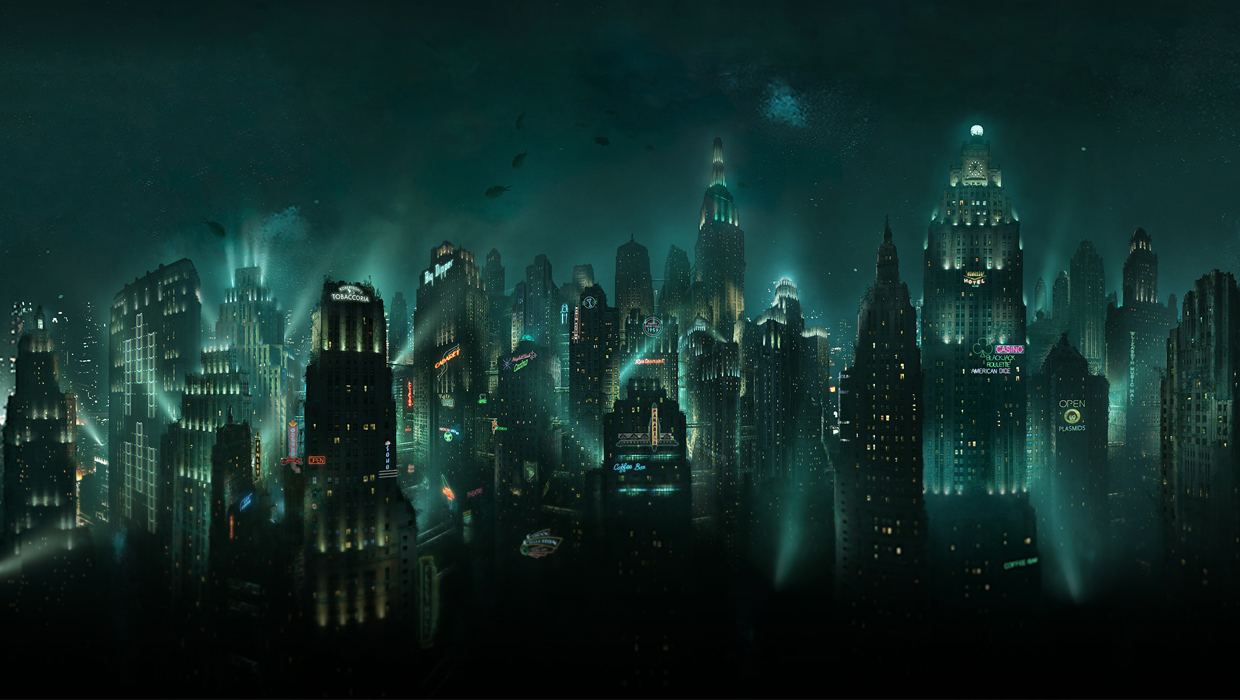
Rapture was Andrew Ryans dream of an Objectivist paradise, and the exclusive underwater city attracted hundreds of people searching for the same freedom from the man. It all fell apart New Years Eve 1958 and only got worse/better when lead Jack arrived more than a year later. He may have cleaned up some of the mess, but he seemed to purposefully be an empty cipher. The true main character of BioShock is Rapture, and were more than ready to explore it again.
After the surprising quality of BioShock 2 and its Minervas Den DLC, its been proven you dont need a continuous protagonist or even Ken Levine to have a fun, darkly twisted time in the sprawl of Rapture. Whether set during the post-New Years fall or after the most recent entry, Raptures unique and scarred inhabitants have so many horrific stories to share. Who are we not to listen?
Saints Row
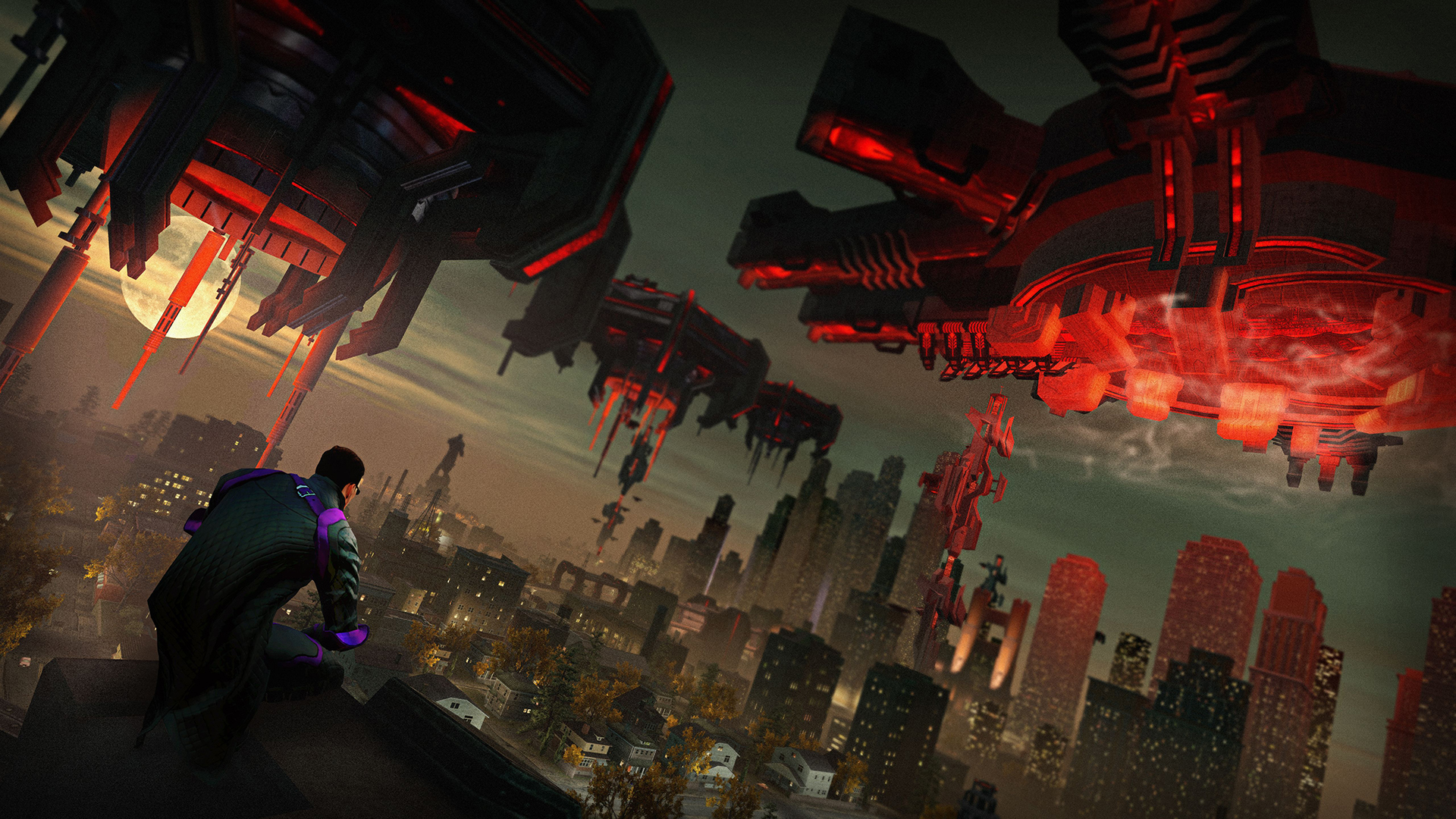
Saints Row got its start as a somewhat inspired GTA clone, though its only real edge was that it hit current gen systems a couple years before Rockstars series. But as GTA got closer to reality, Saints Row became more unhinged, to the point that Saints Row The Third technically starred a group of ganstas, but really it could morph into whatever it needed to be. Pro wrestling, giant mechs, Mars invading, and cyborg pimps all had their place in that world, and Saints Row IV keeps the crazy going. At this point, a pack of hoods like the Saints are just holding the series back from becoming the most absurd franchise of all.
Without the Troy Baker-voiced lead, Saints Rows world could support basically any type of gameplay you could dream up, no matter where it went. At this point, any minor continuity from the previous games only holds the franchise back from going to dadaist extremes. The next game could go hurtling from German expressionism straight into a verbatim re-enactment of a scene Bad Boys 2, all to the tune of Stan Bushs The Touch, and we wouldnt bat an eye. As sad as it might be to some fans, ditching the Saints would set the series free.
The Walking Dead
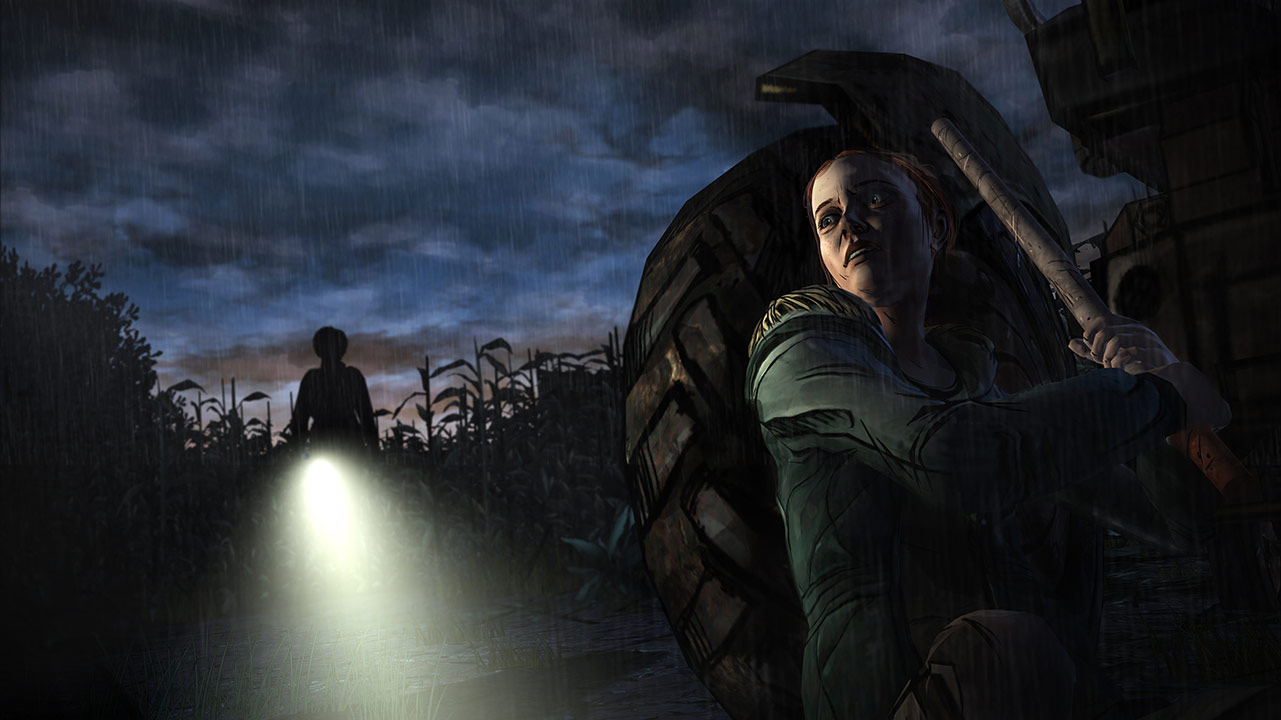
The comic book (and subsequent TV show) have Rick Grimes to anchor their narratives, but a world full of zombies is big enough to support any number of people. Telltales Walking Dead games are fairly set apart from the world of the comics, giving the spotlight to fresh characters like convicted killer, Lee, and his young ward, Clementine. Watching their heartbreaking adventures through the cruel world of the Walking Dead ripped our hearts out (in a good way), but we dont need them for a sequel. Thereve got to be dozens of survivors with lives worth tearing apart.
Yes, were still plenty attached to Clementine, but itd almost be a relief not to watch her struggle any longer. The 400 Days DLC did a great job at showing the narrative possibilities the comics doomed world has to offer. And season 2 keeps that trend going, continually introducing new characters to tear into bloody chunks while we watch, helpless to do anything about it.
Every turn a surprise
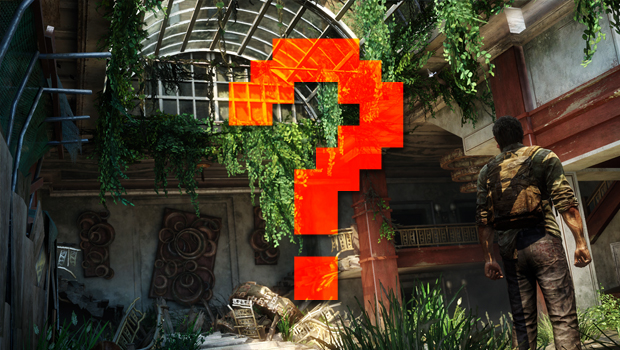
Do you have any other games in mind that are just screaming to free themselves of their heroes? Let us know in the comments!
And if you're looking for more varied ways of approaching sequels, check out gamings most famous (and infamous) franchise hand-offs and gamings most forgettable sequels.
Henry Gilbert is a former GamesRadar+ Editor, having spent seven years at the site helping to navigate our readers through the PS3 and Xbox 360 generation. Henry is now following another passion of his besides video games, working as the producer and podcast cohost of the popular Talking Simpsons and What a Cartoon podcasts.



